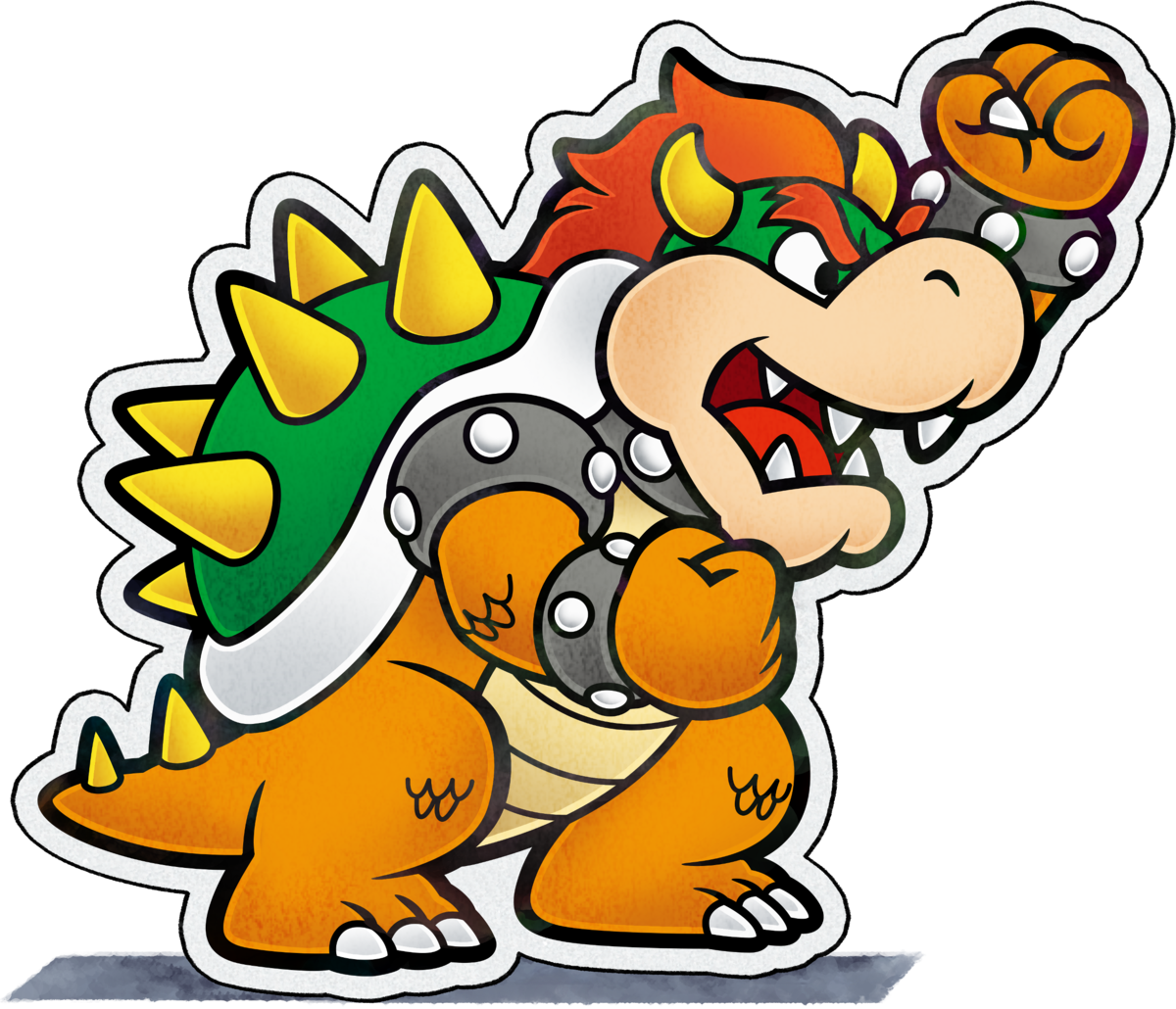

However, the local member states of ASEAN group achieved greater cohesion in the mid-1970s following a change in the balance of power after the fall of Saigon and the end of the Vietnam War in April 1975 and the decline of SEATO.ĪSEAN's first summit meeting, held in Bali, Indonesia in 1976, resulted in an agreement on several industrial projects and the signing of a Treaty of Amity and Cooperation, and a Declaration of Concord. ( South East Asia Treaty Organization) led by the United States and United Kingdom along with Australia with several Southeast Asian partners in 1954 as a "containment" extension and an eastern version of the early defensive bulwark NATO in western Europe of 1949. These events also encouraged the earlier formation of S.E.A.T.O. Communism had taken a foothold in mainland Asia with the Soviet Union occupation of the northern Korean peninsula after World War II, establishing communist governments in North Korea (1945), People's Republic of China (1949) and portions of former French Indochina with North Vietnam (1954), accompanied by the communist insurgency "Emergency" in British Malaya and unrest in the recently independent Philippines from the U S. The creation of ASEAN was initially motivated by the desire to contain communism. As set out in the Declaration, the aims and purposes of ASEAN are to accelerate economic growth, social progress, and cultural development in the region, to promote regional peace, collaboration and mutual assistance on matters of common interest, to provide assistance to each other in the form of training and research facilities, to collaborate for better utilization of agriculture and industry to raise the living standards of the people, to promote Southeast Asian studies and to maintain close, beneficial co-operation with existing international organisations with similar aims and purposes. Indonesia, Malaysia, the Philippines, Singapore, and Thailand, signed the ASEAN Declaration. ASEAN itself was created on 8 August 1967, when the foreign ministers of five countries: Main articles: ASEAN Declaration and ASEAN CharterĪSEAN was preceded by an organisation formed on 31 July 1961 called the Association of Southeast Asia ( ASA), a group consisting of Thailand, the Philippines, and the Federation of Malaya. 5.3.2 2020 ASEAN Banking Integration Framework.The organization's success has become the driving force of some of the largest trade blocs in history, including APEC and RCEP. It is involved in numerous international affairs, and hosts diplomatic missions throughout the world. A major partner of UN, SCO, PA, GCC, MERCOSUR, CELAC and ECO, ASEAN maintains a global network of alliances and dialogue partners and is considered by many as a global powerhouse, the central union for cooperation in Asia-Pacific, and a prominent and influential organization. The ten stalks of rice in the ASEAN flag and insignia represents the ten Southeast Asian countries bound together in solidarity.ĪSEAN regularly engages other countries in the Asia-Pacific region and beyond. In 2003, ASEAN moved along the path similar to the European Union (EU) by agreeing to establish an ASEAN community that consists of three pillars: the ASEAN Security Community, the ASEAN Economic Community, and the ASEAN Socio-Cultural Community. With some of the fastest growing economies in the world, ASEAN has broadened its objective beyond the economic and social spheres. A secondary objective was to promote regional peace and stability based on the rule of law and the principle of UN Charter. The union has a total area of 4,522,518 km 2 (1,746,154 sq mi) and an estimated total population of about 668 million.ĪSEAN's primary objective was to accelerate economic growth and through that social progress and cultural development. ASEAN ( UK: / ˈ æ s i æ n/ ASS-ee-an, US: / ˈ ɑː s i ɑː n, ˈ ɑː z i-/ AH-see-ahn, AH-zee-an), officially the Association of Southeast Asian Nations, is a political and economic union of 10 member states in Southeast Asia, which promotes intergovernmental cooperation and facilitates economic, political, security, military, educational, and sociocultural integration between its members and countries in the Asia-Pacific.


 0 kommentar(er)
0 kommentar(er)
